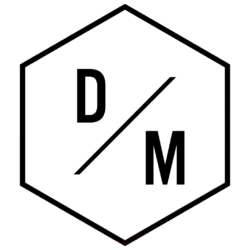Reliability is the key to trust when it comes to doing business. The expectations from clients are to have projects delivered on time, teams rely on clear communication and continuity, and leaders need to feel confident that progress aligns with their strategic thinking. But unreliable means of accomplishing work is often the work of both structure and accountability. Work divided among different apps takes longer, creates duplications of effort, and inevitably results in broken promises. Unreliable systems make it impossible to anticipate and trust an outcome at any level of work the organization is performing.
Modern project management tools place structure around our work contexts by integrating planning, communication, and accountability within one linked platform. Rather than patchwork processes, teams have workflows to establish consistency. Lark illustrates how to remove uncertainty with structured digital workflows to establish reliability through every work layer and its outcome.
Lark Base: Creating a dependable foundation
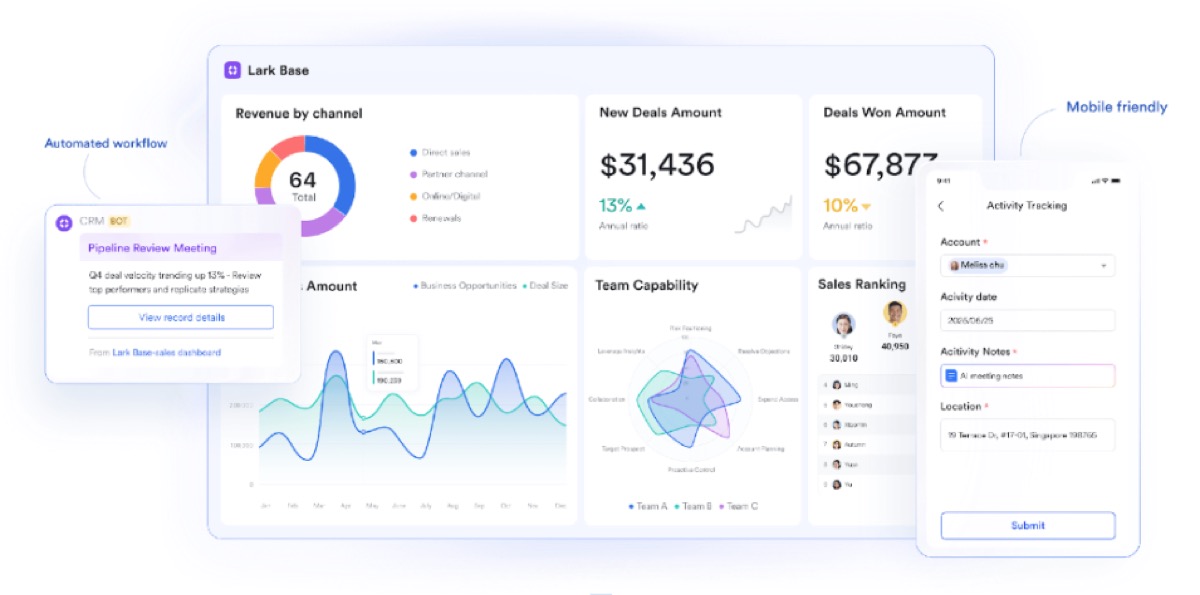
Without a central system, project tracking often becomes fragmented sales keeps one tracker, marketing another, and operations a third. This creates silos where updates are duplicated or lost. Lark Base replaces this with a single, adaptable foundation where all teams can organize their work.
On the other hand, Lark Base also reflects the value of a modern CRM app, linking client interactions directly to deliverables and deadlines. Marketing can monitor campaign progress through kanban boards, while HR follows onboarding timelines. Because every update feeds into the same system, leaders gain a clear, real-time view of progress. This structure reduces surprises and ensures that project outcomes are not only visible but reliable.
Lark Calendar: Turning plans into commitments
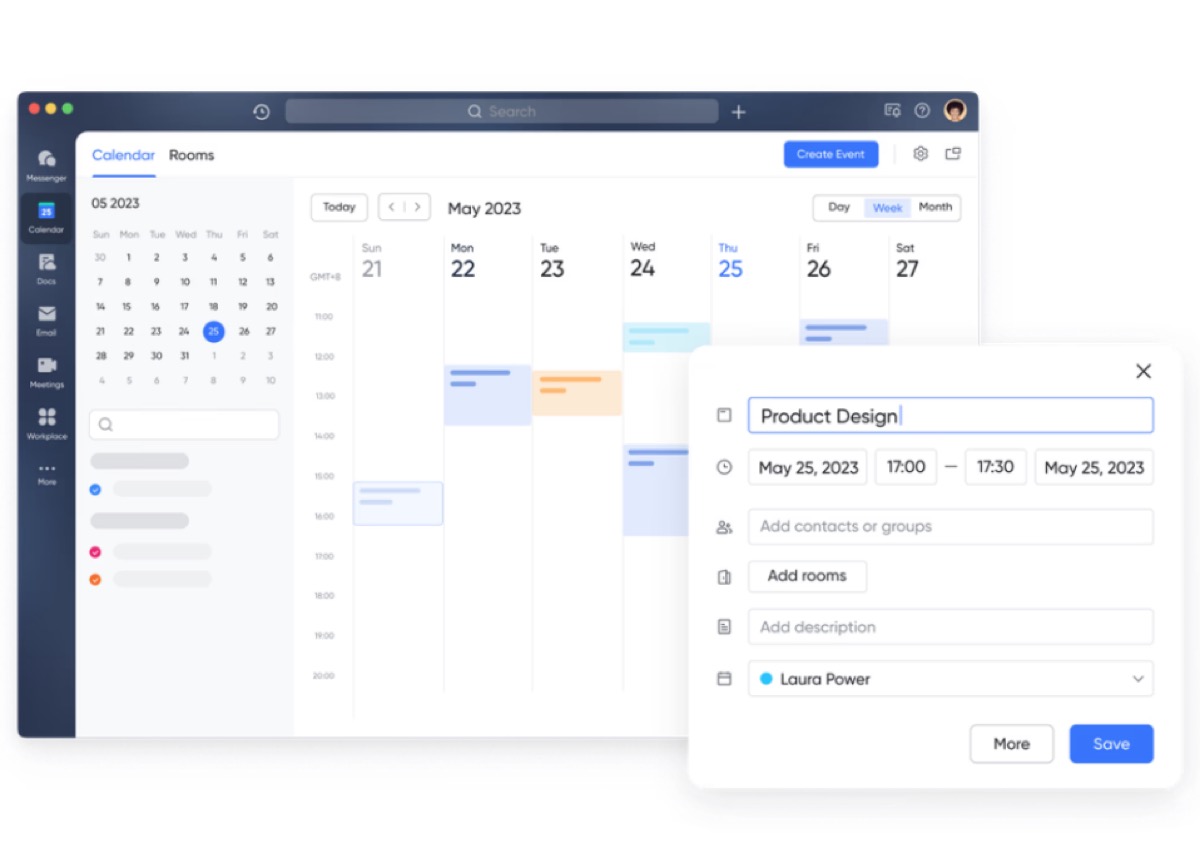
Deadlines mean little when they are separate from the work itself. Teams may write deadlines in spreadsheets or their personal calendars, but unless the team aligns the deadlines, they will easily slip, and trust and reliability will deteriorate. Lark Calendar incorporates scheduling into the same tool where projects and tasks already exist, so deadlines or commitments stay visible and stay connected to the work at hand.
For example, in the product launch cycle, milestones in Base are automatically populated into Calendar. Everyone has Docs attached to the meeting invitation when they join the review meeting, using reminders to establish deadlines. Instead of projects falling apart because of missed timing, Calendar bolsters the structure by converting plans into reliable commitments to which the team can commit.
Lark Approval: Building trust through consistent decisions
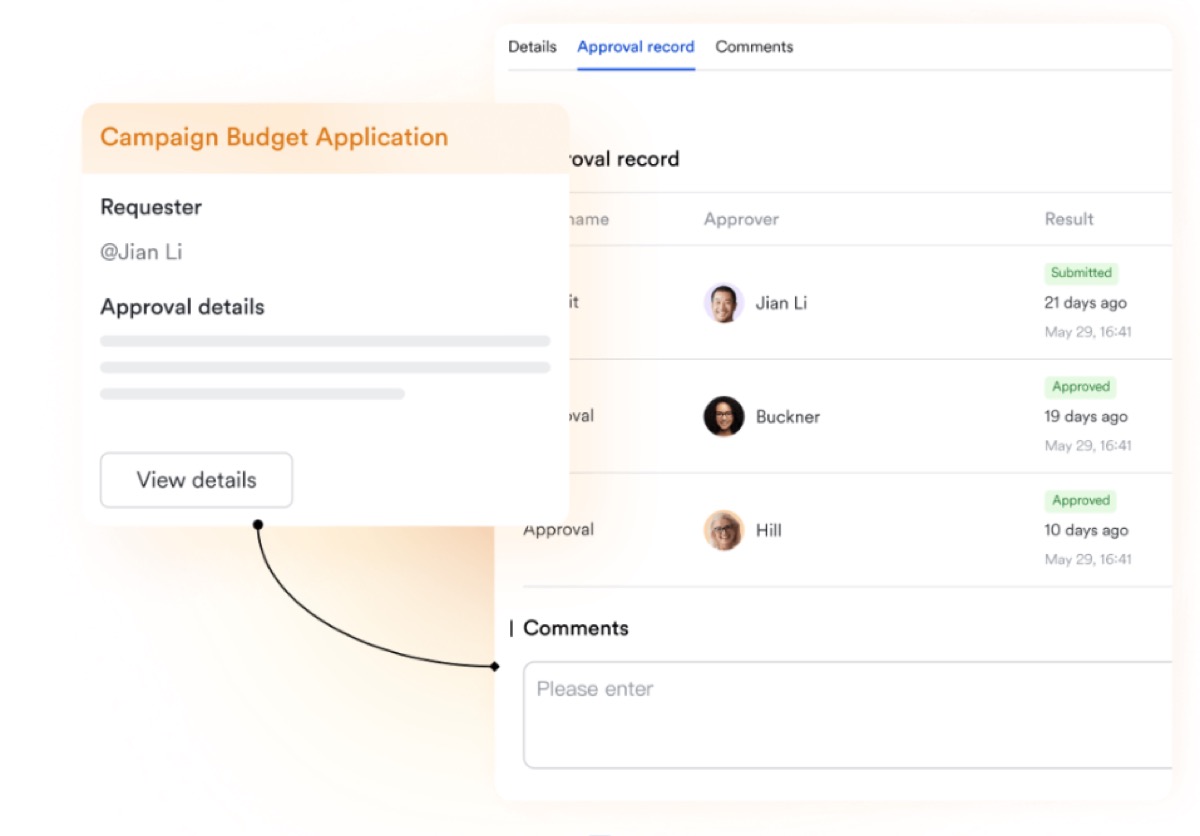
Unstructured approval processes are one of the biggest threats to reliable outcomes. When sign-offs depend on email chains or informal conversations, requests fall through the cracks. Lark Approval eliminates this risk by standardizing decision-making into a visible, trackable process.
An employee submitting an expense claim knows it will route directly to the right manager. A budget request flows automatically to finance, with notifications triggered at every step. By supporting an automated workflow, Approval ensures reminders, escalations, and updates happen without manual follow-ups. This not only speeds decision-making but also makes it consistent; every request follows the same path, every time. Reliability becomes part of the process itself.
Lark Wiki: Preserving consistency in knowledge
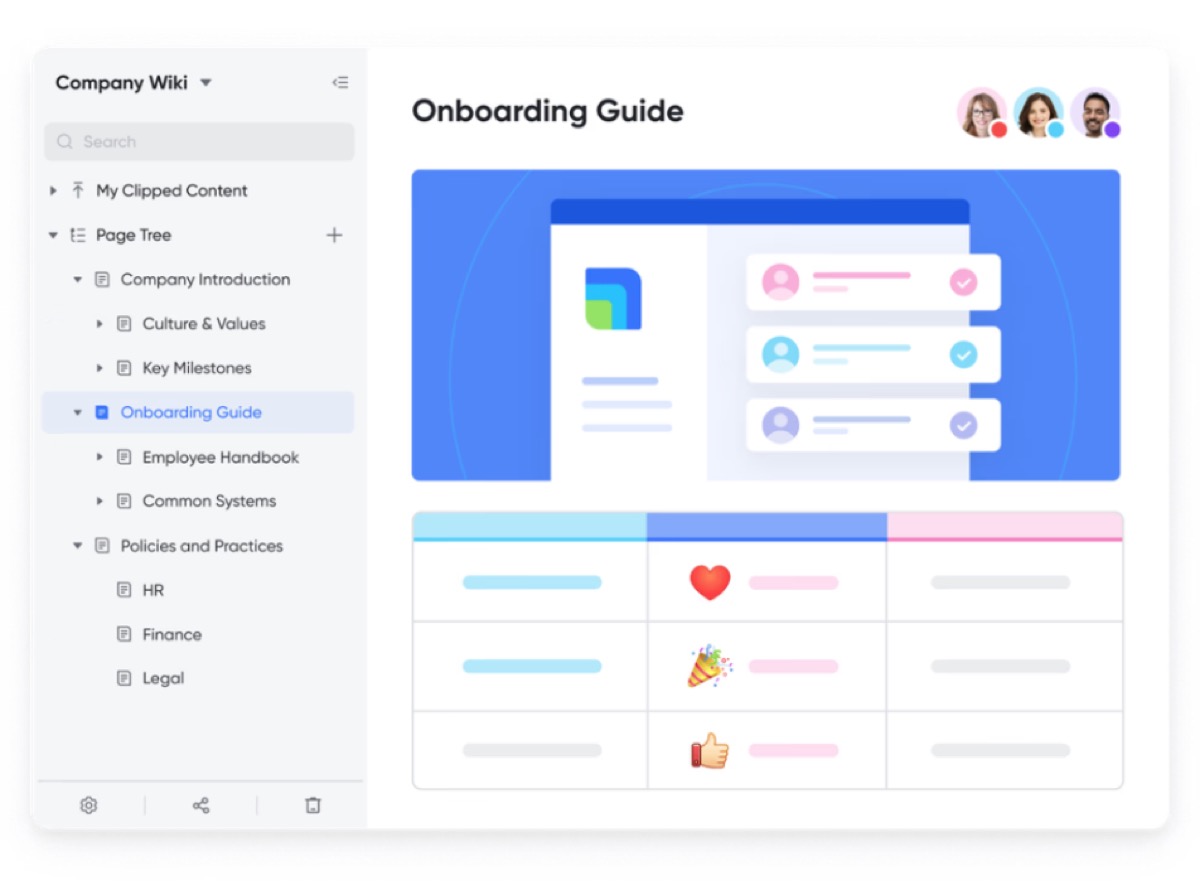
When information resides in disparate folders or team silos, team members often resort to improvisation, which creates inconsistent results. Lark Wiki addresses this concern by allowing best practices, policies, and processes to be captured once in a centralized knowledge bank to be referenced and shared throughout the organization.
For example, when a new team member is learning how to onboard a client, they don’t need to ask countless team members or read through old documentation to find the answer; they will simply go to the Wiki, which has the most updated version of the process information. Because everyone is using the same set of knowledge, the Wiki allows people to operate consistently. This reliability in work practice leads to reduced mistakes, while also building trust in the results.
Lark Mail: Bringing external communication into structured workflows
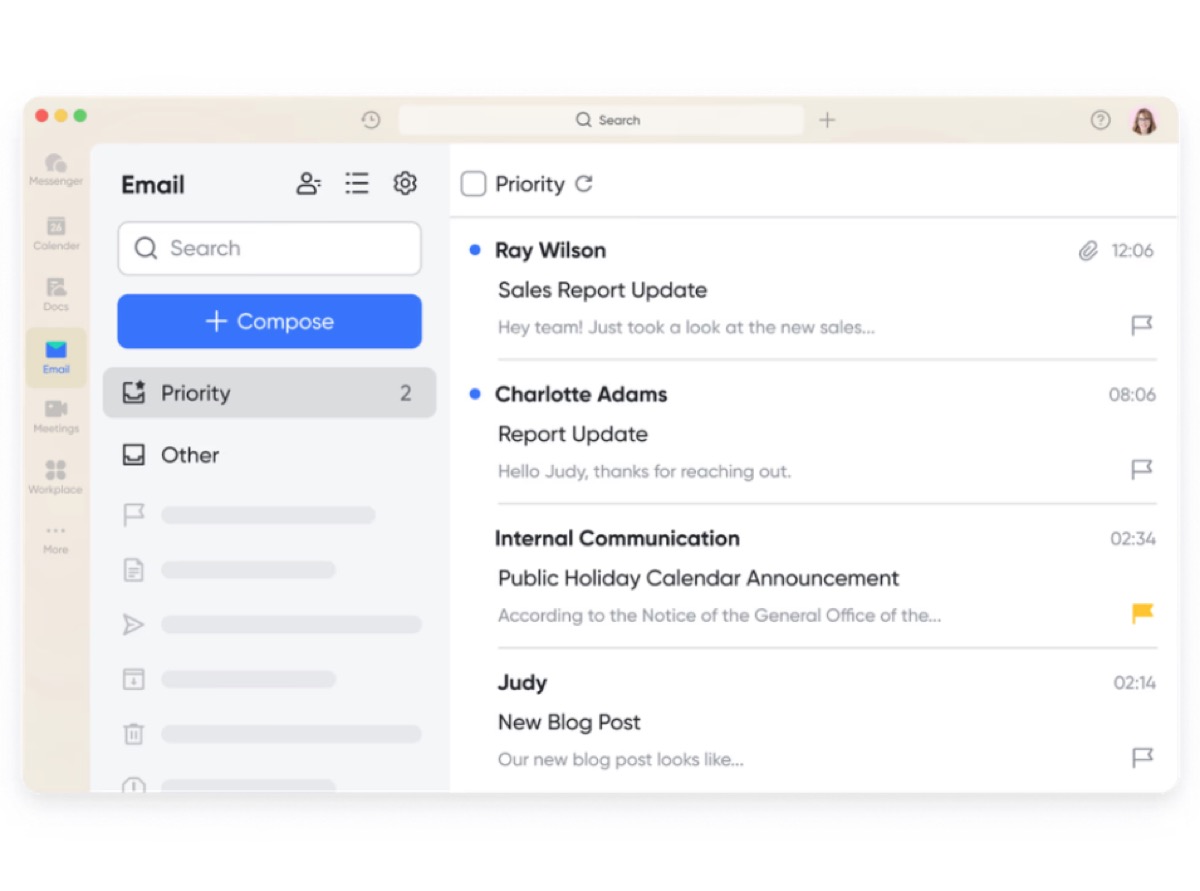
External communication is critical to reliable outcomes, but when emails sit apart from project systems, they create risks. Vendor updates or client approvals may be missed or duplicated, slowing execution. Lark Mail integrates external communication directly into structured workflows.
Consider a procurement team negotiating supplier contracts. Instead of manually transferring approvals from email to project trackers, they link them directly within Mail to Base records. Attachments stay tied to their context, and updates flow into ongoing projects. By connecting external correspondence with internal workflows, Mail eliminates gaps and ensures outside inputs support structured, reliable execution.
Lark OKR: Aligning reliability with strategy
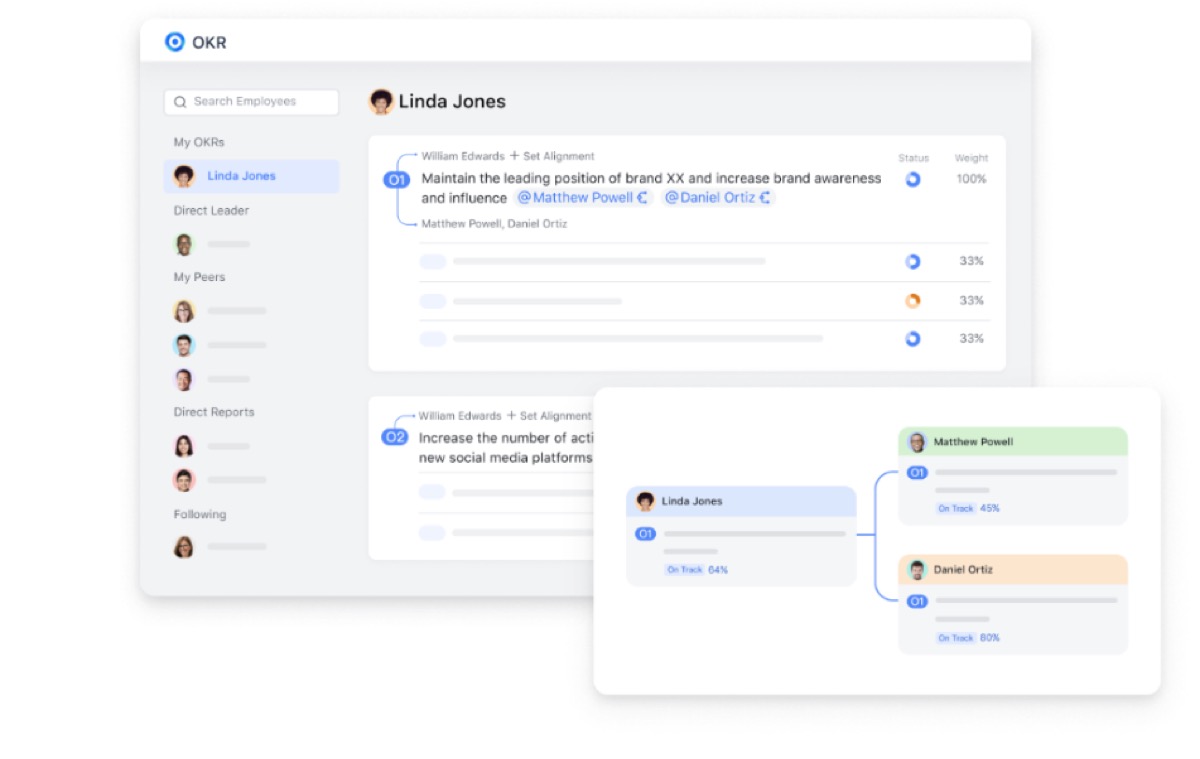
Reliability is not simply accomplishing work but guaranteeing that work is aligned with strategic objectives. Teams can complete their tasks perfectly on time and yet still miss the mark if their work is not directly aligned to those strategic objectives. Lark OKR is used to phase daily execution against long-term objectives.
Take, for example, a company’s goal to launch its product in new markets; this will be tied directly to sales, marketing, and operations. The team’s projects in Base or Tasks will work, and OKR’s reflect the real-time impact of this work that is aligned. Leaders will know instantly and will not have to wait for three months to learn if the team’s execution is aligned. The team will be able to adapt without the lengthy process of defining operational versus strategic reliability.
When we can clearly tell a team their work is not just reliable operationally, but for the company’s strategy, we have completely resolved the operational reliability issue.
Conclusion
Businesses can’t thrive on unpredictability. Reliable outcomes come from structured workflows that connect communication, planning, and execution in one system. Fragmented tools create delays and errors, while unified platforms like Lark replace that noise with clarity.
Base provides the dependable foundation for projects, Calendar transforms plans into commitments, Approval builds trust with automated decision-making, Wiki preserves consistency in knowledge, Mail connects external communication, and OKR ensures alignment with strategy. Together, these features create workflows where reliability isn’t left to chance, it’s built into the process.
In an environment where trust and consistency define competitiveness, structured digital workflows are no longer optional. They are the blueprint for delivering reliable outcomes, project after project.

